Care for burns victims
The project aimed to provide support to the Asyut Burns Centre. It had three main objectives: training of local medical and paramedical personnel; development of prevention campaigns; renewal of medical equipment.
Orientation sessions with medical and paramedical staff and associations from the governorates of Asyut, Qena and Mina took place. Educators were trained in raising awareness on the precautions to be taken to prevent burns at home. Close to 40,000 families benefited each year from these prevention campaigns, accompanied by puppet shows in primary and preparatory schools. 80% of the households that participated in these campaigns applied preventive measures after the training. Stocks of medical supplies were renewed, including autoclaves, equipment for the operating theatre, medicines, nutritional supplements, disinfectant, compression garments and bandages and medical gauze for 1,500 children a year.
The Fondation en Faveur des Enfants Brûlés (FEB) was established in 1989 to support the Asyut Burns Centre in Upper Egypt, providing them with logistical and financial support. The Asyut Burns Centre offers burn victims from rural populations free, or depending on their income, partially subsidised quality medical and surgical care, a specialised physiotherapy service and psychological follow-up, in order to facilitate patients’ social and professional reintegration.
Type
Health / Education / Community DevelopmentDuration
September 2009 - August 2012Location
Asyut / EgyptWith whom
Fondation en faveur des Enfants Brûlés (FEB)
Website

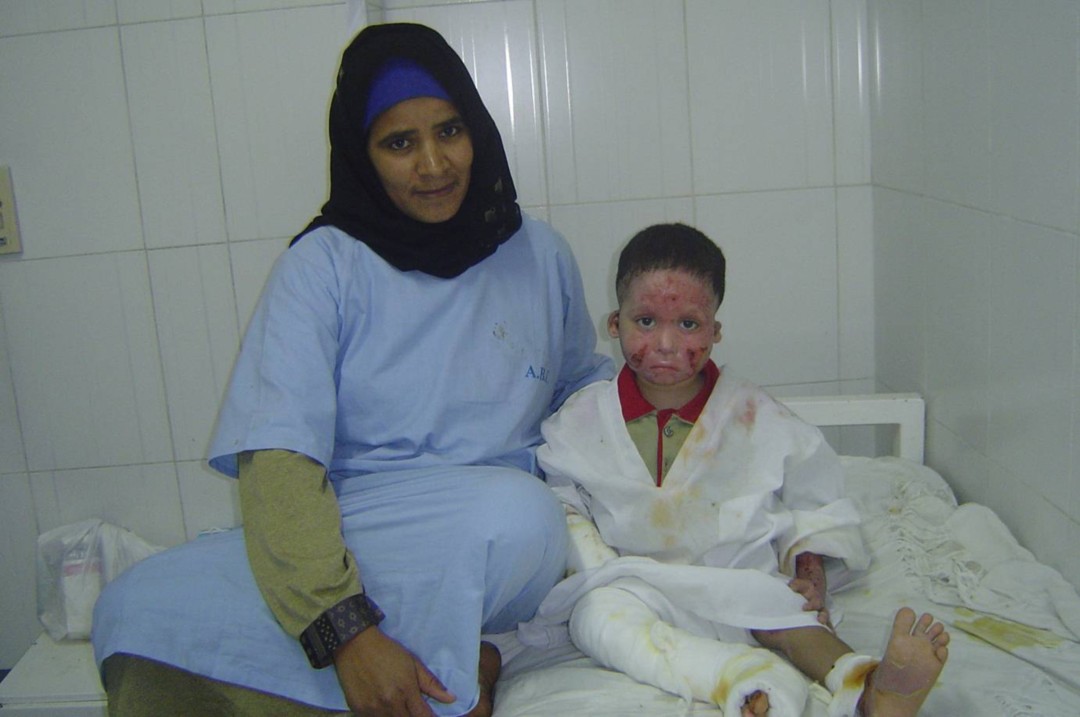


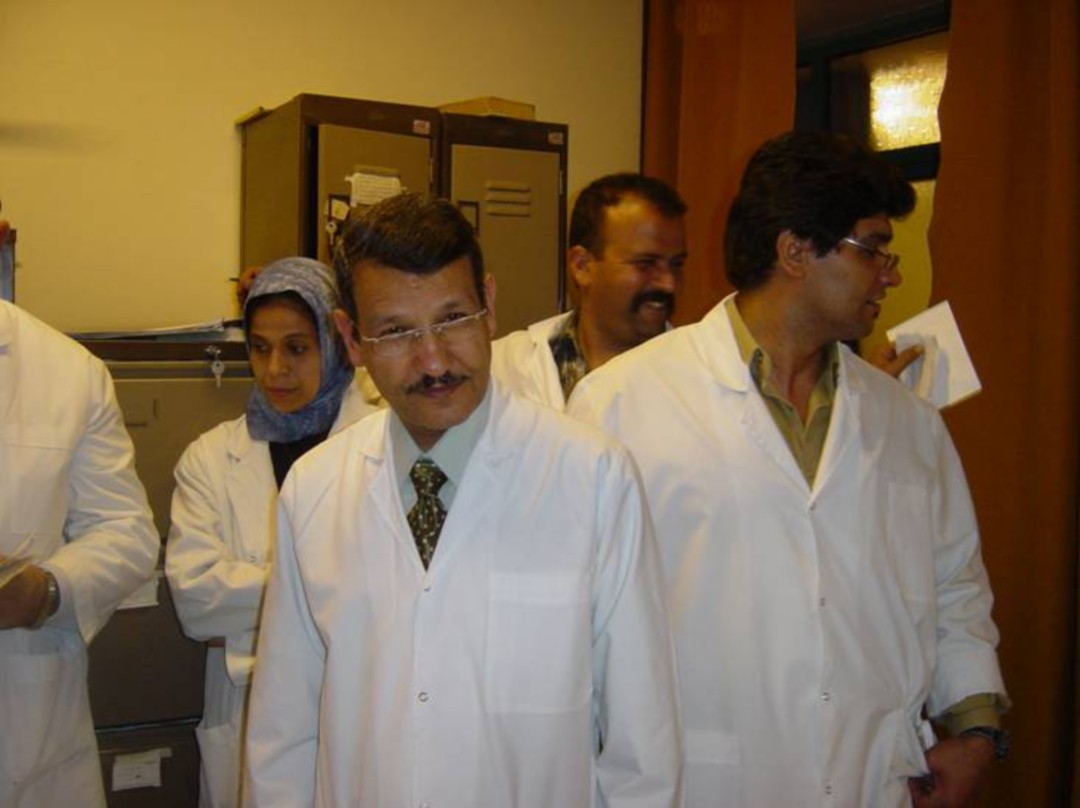
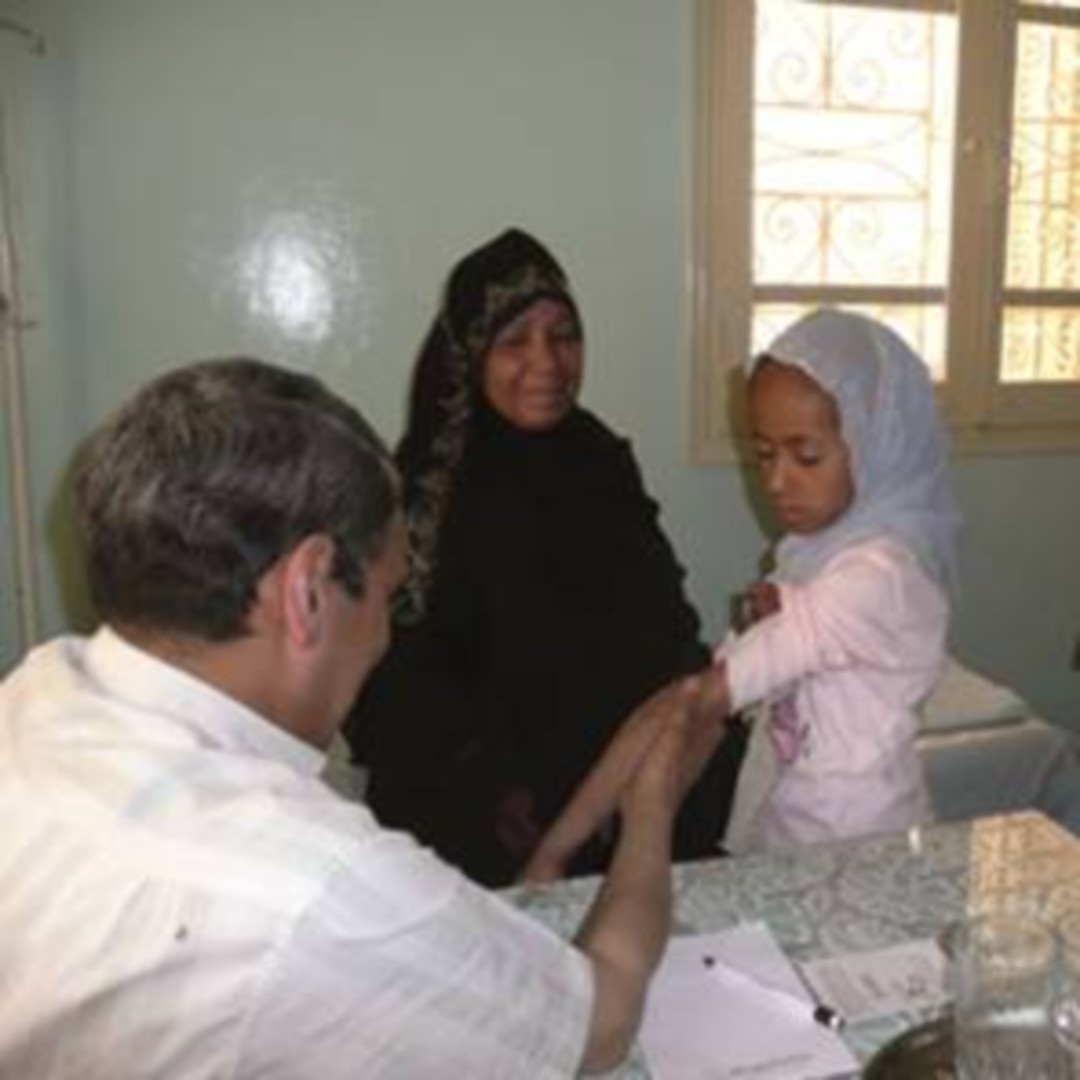




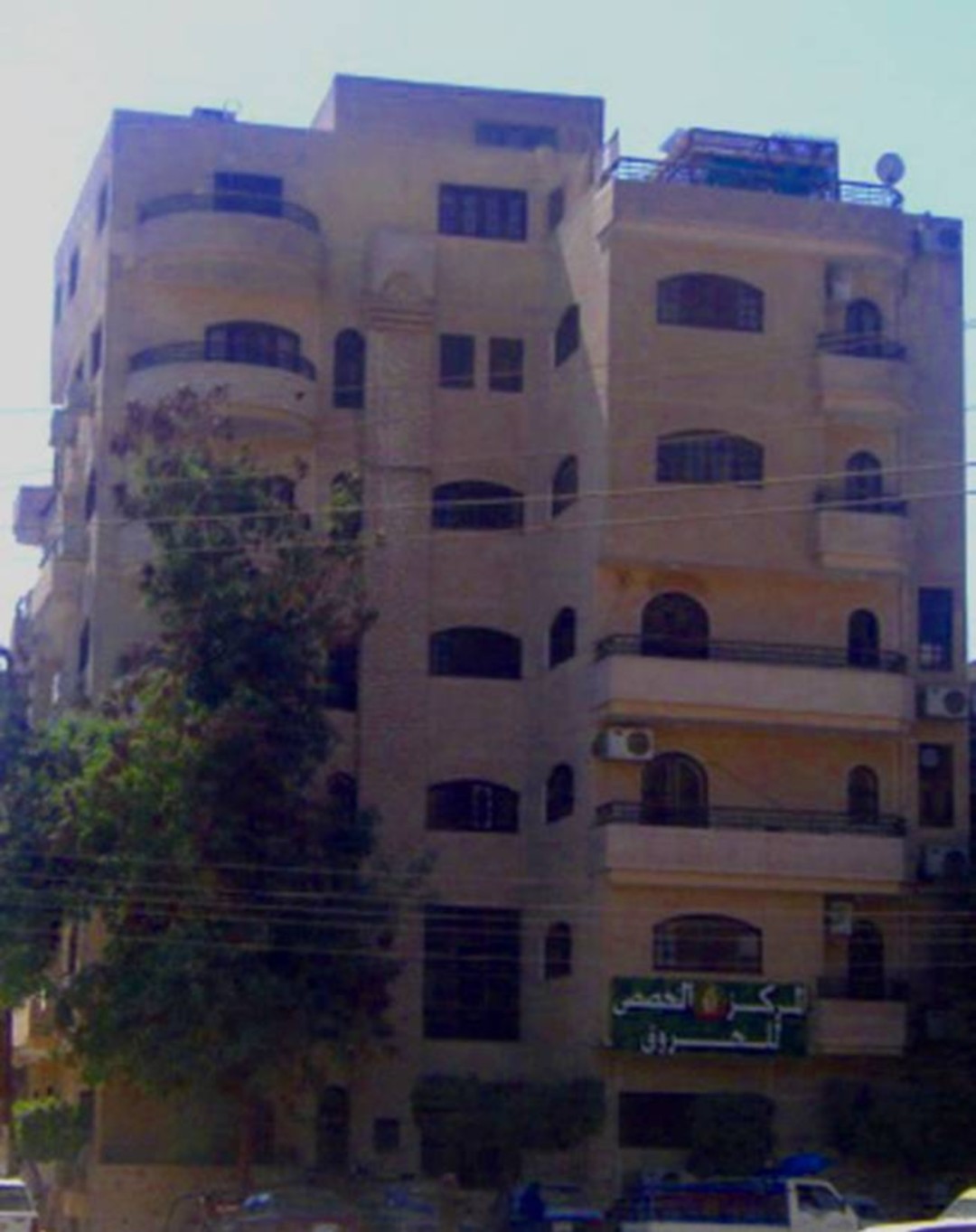




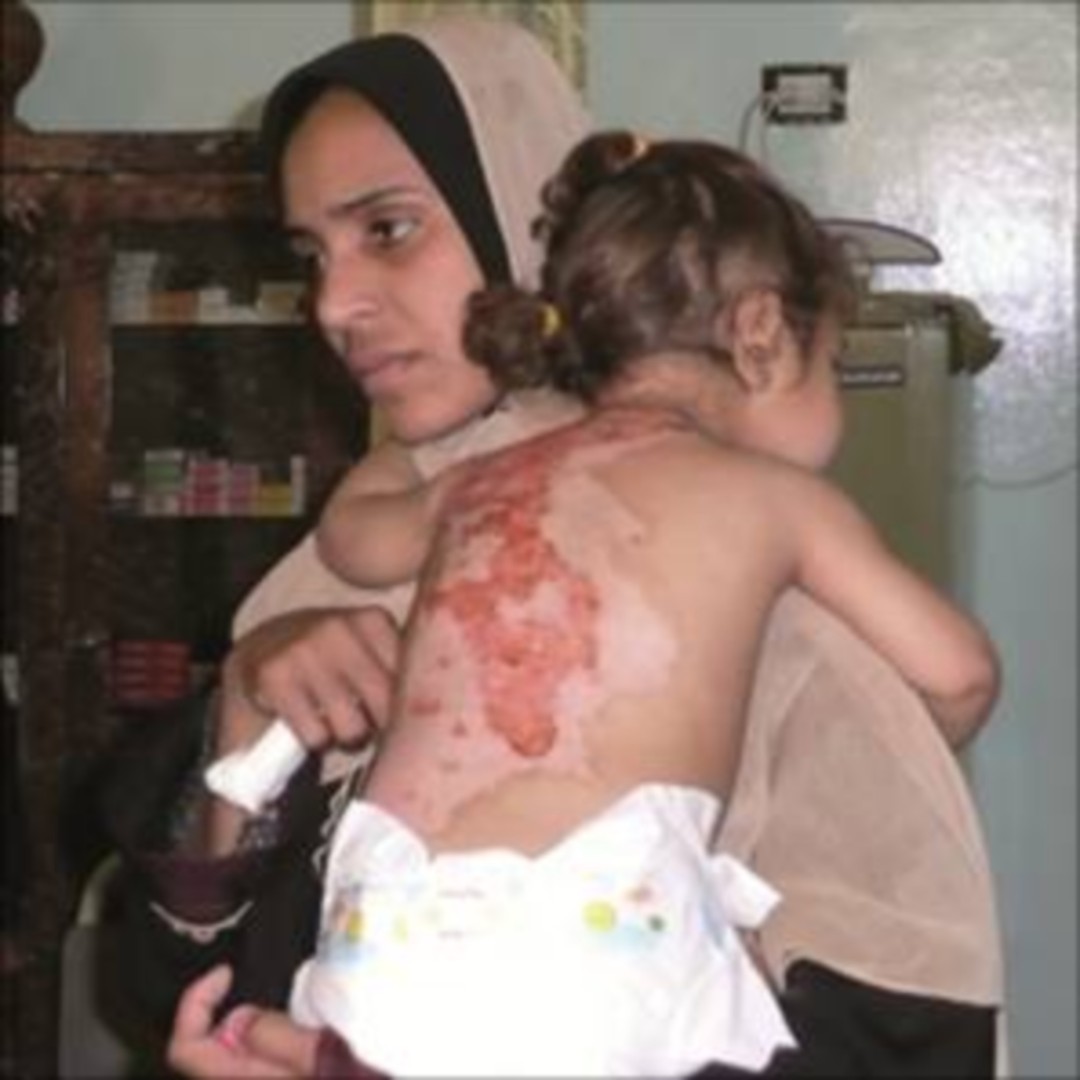
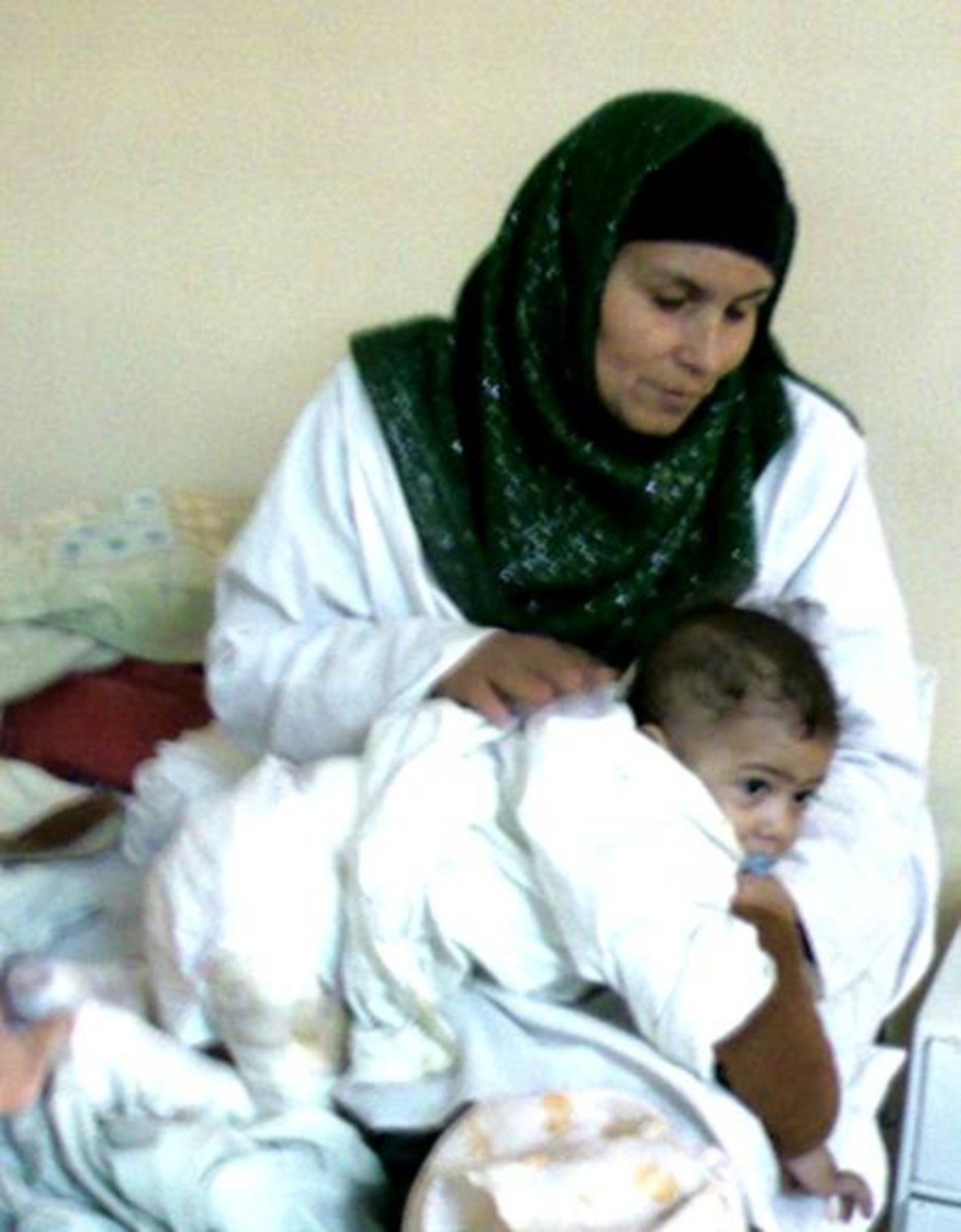
Egypt
Population
97.5 million (2017)
Per Capita Income
USD 3'010/year (2017)
Poverty rate *
28% (2015)
Literacy rate
75% (2016)
Human Development Index
115th out of 189 countries (2018)
Egypt has undergone significant political changes since 2011. Its economy is still suffering from the effects, with numerous challenges to the task of restoring economic growth. Over the past 20 years, Egypt has decreased by half the mortality and malnutrition rates in children under five, and the population’s living standards have improved, albeit in an uneven manner. The extreme poverty rate has declined from 6.1% in 2008 to 1.3% in 2016, while the poverty rate has increased from 21% to 25% over the same period. Health indicators and literacy rates are unevenly distributed, with virtually all indicators worse in Upper Egypt than in Lower Egypt, and worse in rural areas than in urban areas.
Sources: World Food Program, UNICEF, World Bank, 2016 Human Development Report, Human Development Indices and Indicators (2018 Statistical Update)
*The percentage of the population living below the national poverty line.